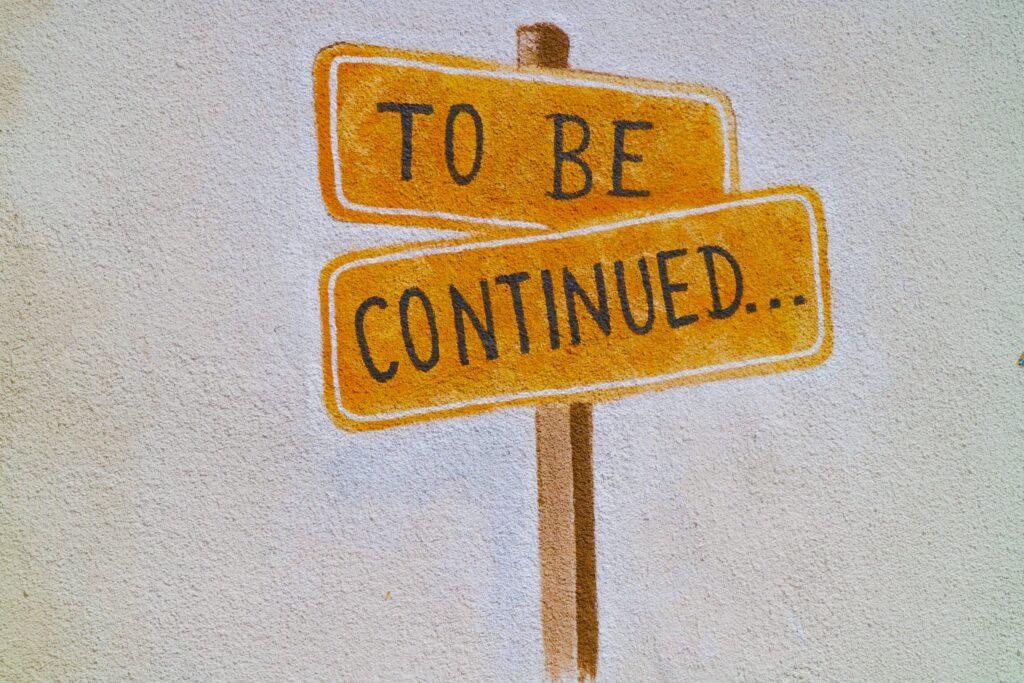How to Write a Story: From Beginning to End
In This Article

Welcome to the realm of storytellers, where the alchemy of words gives life to vivid worlds and captivating characters. Crafting a story is a journey that starts with an idea and unfolds through multiple drafts, each adding layers of depth and polish.
While mastering the art of storytelling takes a lifetime, and often, but not always, involves a degree or diploma in creative writing, you can start your journey right now.
So, join us as we embark on a voyage from concept to a fully realized narrative masterpiece.
Form an Idea: The Core Spark
Every tale begins with a spark—an idea that ignites the imagination. Learn how to cultivate this pivotal idea, whether it’s a compelling character, a transformative incident, or a gripping situation. This core concept serves as the foundation upon which your entire story will be built.
Let’s delve into some examples of how to cultivate that essential core idea that will set your story in motion:
Start with Compelling Characters
Imagine a young inventor with a quirky obsession for creating contraptions that always backfire. This character’s journey could explore themes of resilience, innovation, and personal growth as they navigate challenges while pursuing their dream.
Think of a Transformative Incident
Picture a bustling city suddenly plunged into darkness due to a massive power outage. This incident could serve as the catalyst for various characters to cross paths, leading to unexpected alliances, secrets coming to light, and the city’s underbelly being exposed.
Explore a Gripping Situation
Consider a high-stakes situation where a group of strangers find themselves trapped in a sinking submarine at the bottom of the ocean. As the water level rises, tensions escalate, and the characters must work together to escape. This situation explores themes of teamwork, survival, and the human spirit under pressure.
Try a Twist on a Classic
Take a familiar fairy tale, like “Cinderella,” and give it a modern twist. What if Cinderella were a tech-savvy hacker, and the ball she attends is a high-stakes gala for a powerful tech corporation? This twist on a classic premise can lead to unexpected narrative paths and fresh character dynamics.
Take a Stab at Exploring Emotions
Delve into complex emotions, such as grief or regret. Create a protagonist who discovers a series of letters from a deceased loved one, each containing a secret that challenges their understanding of the past. This emotional journey could unravel family mysteries and offer catharsis through self-discovery.
Mark a Setting as Inspiration
Draw inspiration from a unique setting, like a remote Arctic research station. Explore the isolation, extreme conditions, and psychological challenges faced by scientists. Tensions rise as a series of mysterious events unfold, blurring the lines between reality and paranoia.
Remember, the core spark is just the beginning. Once you have that central idea—a character, incident, or situation—you can build your story’s world around it.
Let your imagination roam free, experiment with different concepts, and discover the one that resonates deeply with you. This idea will guide you through the writing process, forming the foundation upon which your entire narrative will flourish.
Write Your First Draft: Breathing Life
With the core idea in hand, it’s time to put pen to paper—or fingers to keyboard. Dive into the exhilarating process of writing your first draft. Discover techniques to overcome writer’s block, maintain consistency, and bring your narrative to life. The goal here is to focus on completing the draft, letting the story flow freely.
If you need help choosing the best software for your first draft, read our detailed article on Software for Screenwriters, or watch the video below:
Revise in Your Second Draft: Refining the Narrative
Once your first draft is complete, the real magic of storytelling takes shape during the revision process. Explore the intricacies of the second draft, delving into plot development, characterization, and pacing.
Learn how to spot areas that need more depth, enhance dialogue, and strengthen the overall narrative structure. But it’s also important not to revise too much. It’s a delicate balance, one that this video helps to reveal:
Polish in Your Third Draft: The Art of Refinement
The third draft is where your story truly starts to shine. This phase is all about refinement—polishing the prose, refining descriptions, and fine-tuning the language.
Dive into techniques that elevate your storytelling, from selecting the perfect word to crafting evocative imagery. The third draft transforms your manuscript into a work of art.
Learn the Art of Stories: Elevate Your Craft
Mastery of storytelling is a journey of continuous learning and growth. Every experience and moment in your life can add depth to your writing abilities. To recap, here are some of the important avenues you can take to enhance your craft:
Enroll in Writing Classes: Formal education can provide structured guidance, teach essential techniques, and offer invaluable feedback from experienced mentors.
Join a Network of Aspiring Storytellers: Connect with fellow writers. Share insights, exchange critiques, and learn from each other’s experiences. A supportive network can provide encouragement and a fresh perspective on your work.
Read Widely: Reading diversely exposes you to different writing styles, genres, and narrative techniques. Analyze other authors’ works to expand your storytelling toolkit.
Experiment and Adapt: Challenge yourself to experiment with various genres, perspectives, and narrative structures. Embrace adaptation and evolution as you refine your unique voice.
As you navigate the art of storytelling, remember that writing a story is not just a destination but a journey of exploration, creativity, and growth. Embrace each draft as an opportunity to refine and elevate your narrative, and let the power of words transport readers to the extraordinary worlds you craft.
Oh, and before you go — if you found this article useful, you should consider signing up for Toronto Film School’s industry-focused newsletter Insider Advantage. Packed with exclusive content and useful industry insights, Insider Advantage is essential reading for anyone looking to make their mark in the world of film and television.


